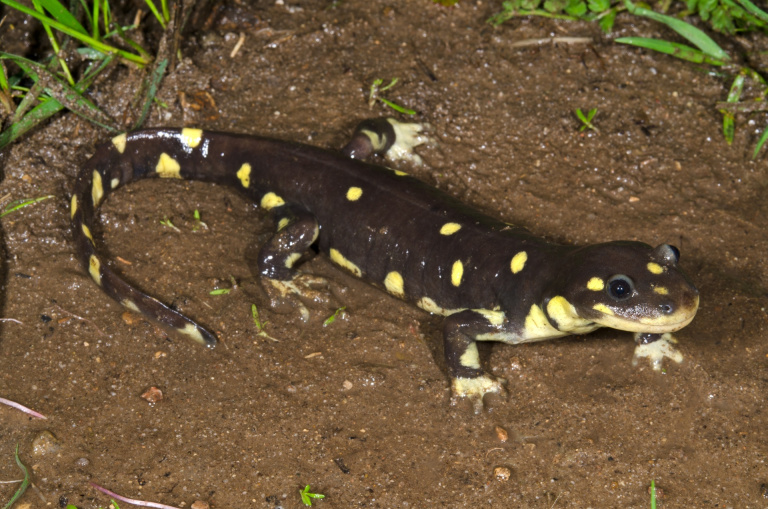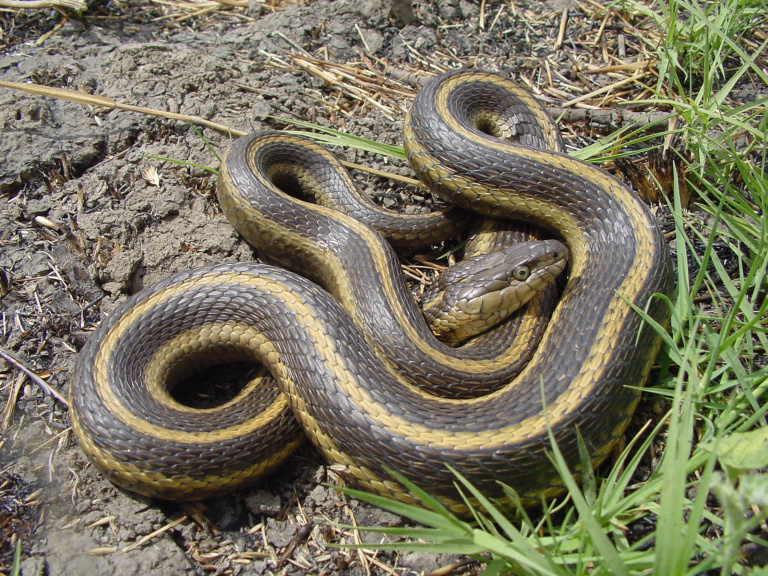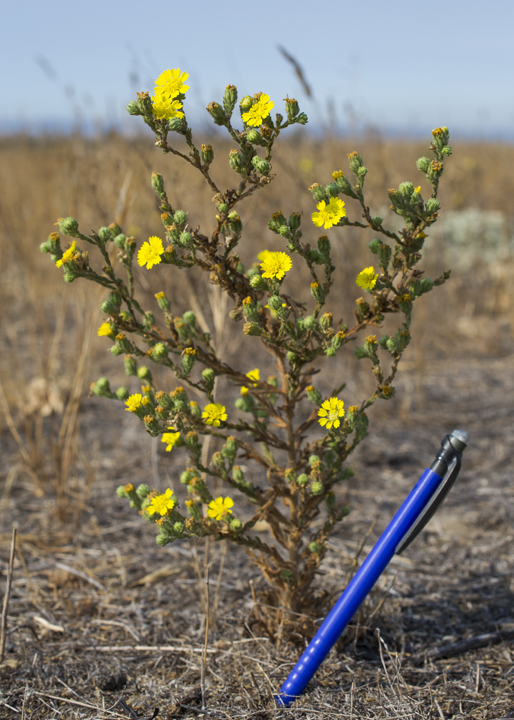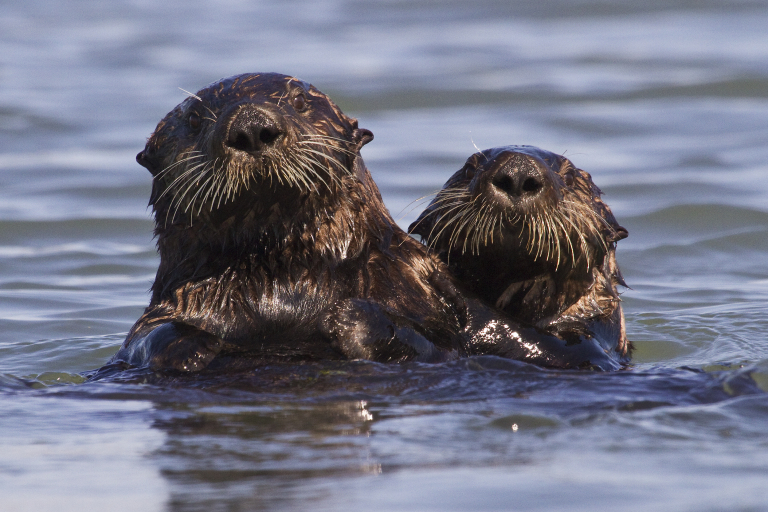Fish Report for 2-9-2017
Tax Donations Help to Prevent Wildlife Extinction
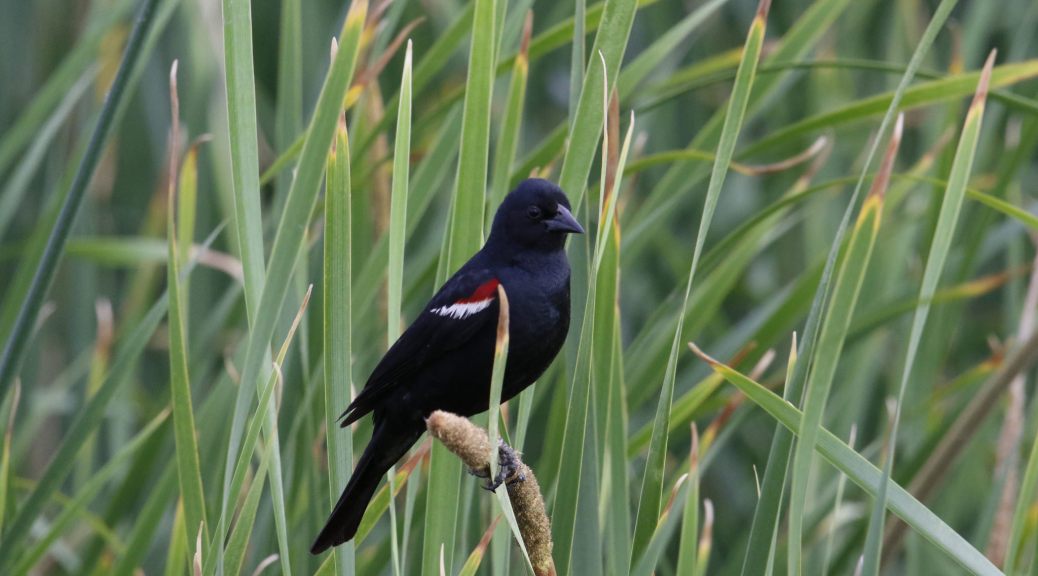
by CDFW
2-9-2017
Website
Extinction is forever, but you and the California Department of Fish and Wildlife (CDFW) can join forces to prevent it. Help save California’s native plant and animal species when you file your state income tax return by making a voluntary contribution to the Rare and Endangered Species Preservation Program (RESPP) and/or the California Sea Otter Fund.
Just enter any dollar amount you wish on line 403 for rare and endangered species and on line 410 for southern sea otters. Money donated by California’s taxpayers supports programs that benefit these at-risk species.
“Taxpayers’ donations make more of a positive difference than one might think,” CDFW Wildlife Branch Chief T.O. Smith said. “Voluntary contributions also help CDFW acquire federal matching funds, increasing the actions we can take for threatened and endangered species and their habitat.”
California has 219 species of plants and 83 species of animals listed as rare, threatened or endangered. Money raised through the tax donation program helps pay for essential CDFW research and recovery efforts for these plants and animals, and critical efforts to restore and conserve their habitat. Endangered species face many different threats, such as the unprecedented tree die-off occurring in the Sierra Nevada mountains due to a combination of past forest management practices, warming climate, severe drought and bark beetles capitalizing on the dying trees.
Past donations to the RESPP have enabled biologists to analyze data on the Tricolored blackbird (Agelaius tricolor) – North America’s most highly colonial land bird – to assess factors that may be affecting the species’ ability to survive and reproduce. Ninety-nine percent of the world’s Tricolored blackbird population lives within the State of California and statewide surveys have revealed that the species has declined by more than 60 percent in the past decade.
CDFW has been working with multiple stakeholders to study the current distribution and status of the Giant garter snake (Thamnophis gigas) – a highly aquatic threatened species – and to improve habitat suitability and stability in areas hardest hit by the drought.
Staff have participated in the California tiger salamander (Ambystoma californiense) Science Advisory Committee’s efforts to recover the threatened species, beginning with tackling the issue of how to reduce their hybridization with non-native tiger salamanders.
CDFW is in the final stages of completing a conservation strategy for the state-listed Mohave ground squirrel (Xerospermophilus mohavensis), which will guide conservation and research projects to help ensure recovery of the species.
With the assistance of biologists from other agencies, CDFW biologists have been monitoring endangered Desert pupfish (Cyprinodon macularius) populations and water quality in natural and artificial habitats. Pupfish have been rescued from natural habitats that have dried during summer months and have been relocated to other areas. Recovery actions have included identification of habitat in need of restoration.
RESPP funds supported the review of Livermore tarplant (Deinandra bacigalupii), which informed the Fish and Game Commission’s decision to protect the species under the California Endangered Species Act. Funds were also used to monitor several endangered plant species, including the critically endangered Slender-petaled mustard (Thelypodium stenopetalum), found only near Big Bear Lake in the San Bernardino Mountains.
The past five drought years have put endangered species at even greater risk as rivers and creeks have been impacted and seasonal and some permanent aquatic habitats dried up. CDFW has documented extremely low numbers and/or reproductive rates for winter-run Chinook Salmon (Oncorhynchus tshawytscha), Delta Smelt (Hypomesus transpacificus), Mohave ground squirrel, Giant kangaroo rat (Dipodomys ingens), Giant garter snake, Santa Cruz long-toed salamander (Ambystoma macrodactylum croceum; drought rescue story on our website), California tiger salamander and Sierra Nevada yellow-legged frog (Rana sierrae), among others.
There is no upper limit to voluntary contributions; any dollar amount is welcome. These plants and animals are part of our heritage and need your support to survive and thrive.
Donations to the California Sea Otter Fund are split between CDFW and the State Coastal Conservancy. CDFW’s half supports scientific research on the causes of mortality in sea otters (Enhydra lutris nereis). In addition to working on a large analysis of 15 years of mortality data, CDFW scientists are conducting research on little-known viruses, parasites and biotoxins that may be harming sea otters. Through a better understanding of the causes of mortality, it may be possible to work more effectively to recover the sea otter population here. The Southern sea otter is listed as threatened under the federal Endangered Species Act, depleted under the Marine Mammal Protection Act, and “fully protected” by the State of California.
“This voluntary contribution program provides important funding for understanding sea otter health and implementing programs to help recover the Southern sea otter population,” said CDFW Sea Otter Program Manager Laird Henkel. “Our team and collaborators are currently in the final stages of summarizing 15 years of sea otter post-mortem investigations, largely supported by this tax check-off program. We’re excited that we’ll have this information to share later this year.”
CDFW is also collaborating with Friends of the Sea Otter and others on the ‘Sea Otter Savvy’ program. Also supported primarily by tax check-off contributions, this program is designed to reduce human disturbance to sea otters.
In 2016, $5,000 of the fund was offered as part of a larger reward for information leading to the arrest and conviction of the person(s) who shot four sea otters near Santa Cruz. Unfortunately, CDFW has not yet received such information.
CDFW biologists have achieved important recovery milestones and protected vulnerable species, thanks to California taxpayers. More information about how CDFW uses funds in the Rare and Endangered Species and Sea Otter programs is available at www.wildlife.ca.gov/tax-donation and at www.facebook.com/seaotterfundcdfw.
If someone else prepares your state tax return, please let him or her know you want to donate to the California Sea Otter Fund on line 410 or the RESPP on line 403. If you use Turbo Tax, when you’re near the end of your tax return it should ask if you want to make a voluntary contribution to a special fund. Click “Yes” and go to lines 403 and 410.
Photos
More Reports
California Department of Fish & Wildlife Reports
for Wednesday, February 8th, 2017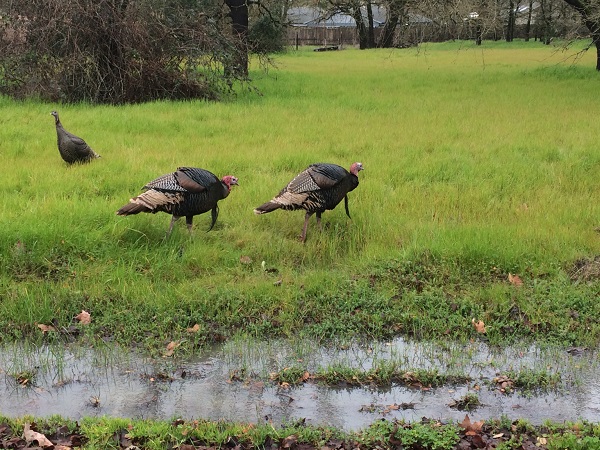
: Applications available for 2017 Joice Island pig hunts
: Spring turkey & Hunting application deadlines near
California Department of Fish & Wildlife Reports
for Tuesday, February 7th, 2017
: CDFW to Host Prop. 1 Grant Workshops in So. Cal.
: Anglers Can Retain Canary Rockfish in 2017

Website Hosting and Design provided by TECK.net
